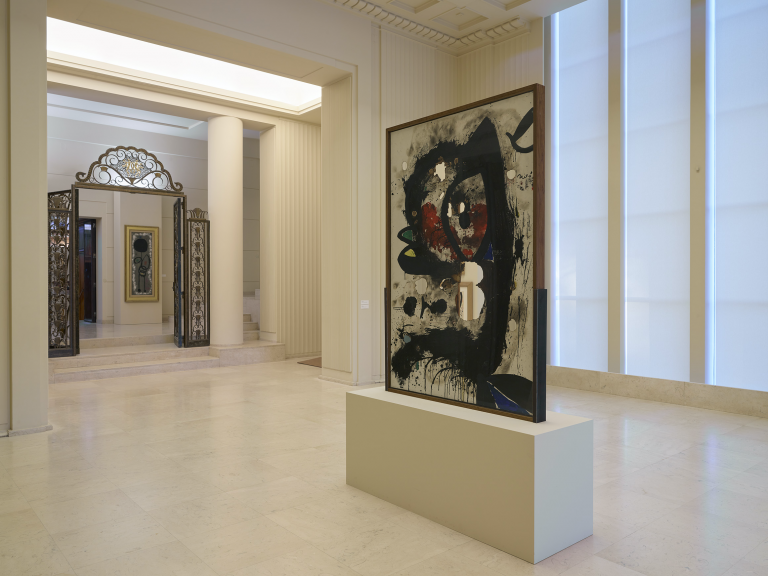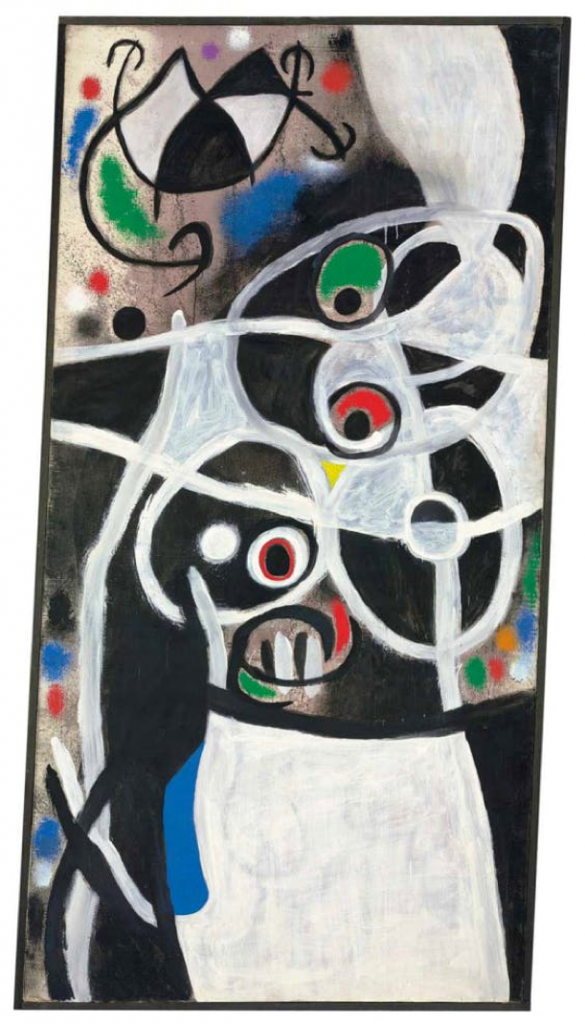Project a Black Planet: The Art and Culture of Panafrica at the Art Institute of Chicago
The verb “to project” has a variety of meanings. It can allude to planning a project, presenting an idea, or promoting a concept. The exhibition...
Aniela Rybak-Vaganay 20 February 2025













